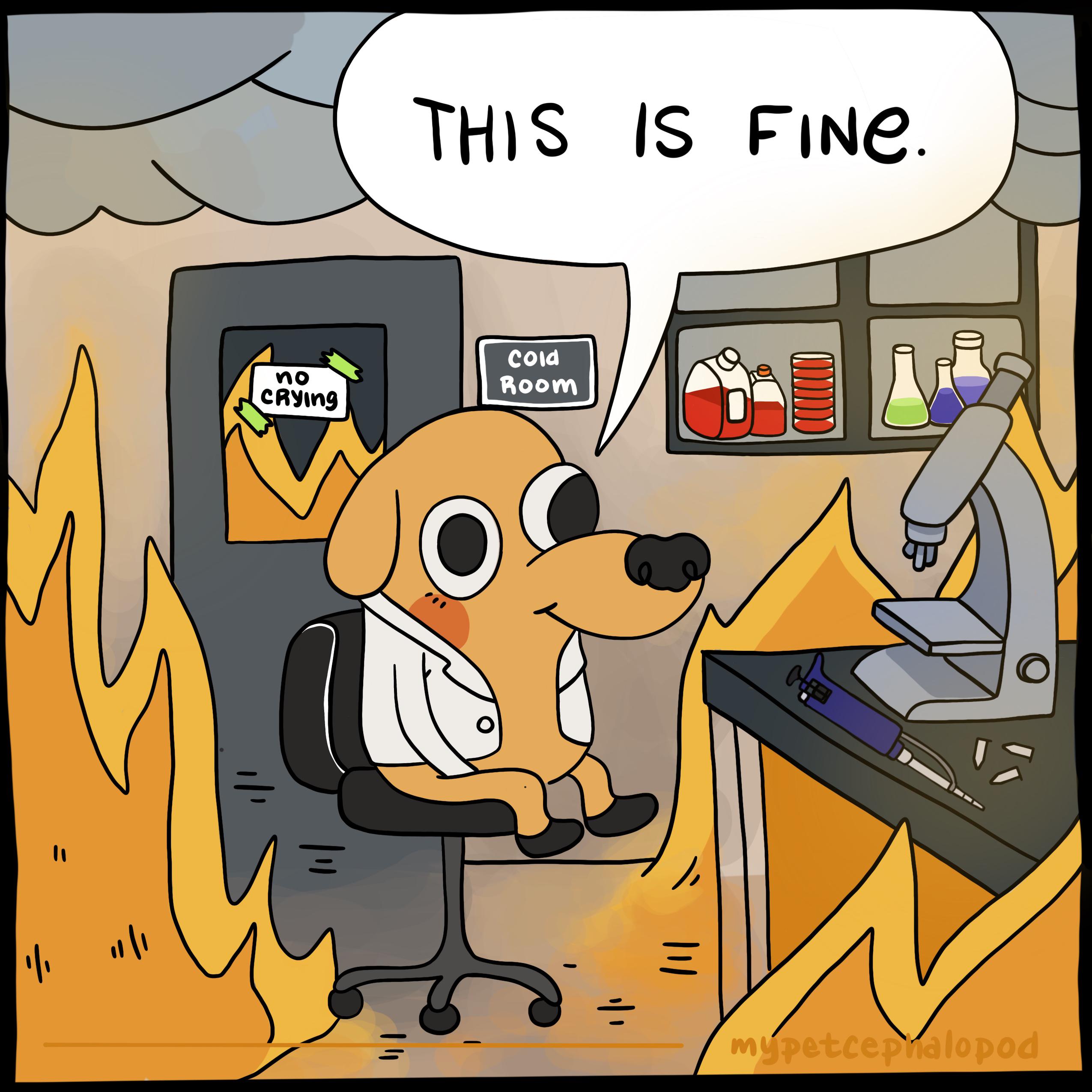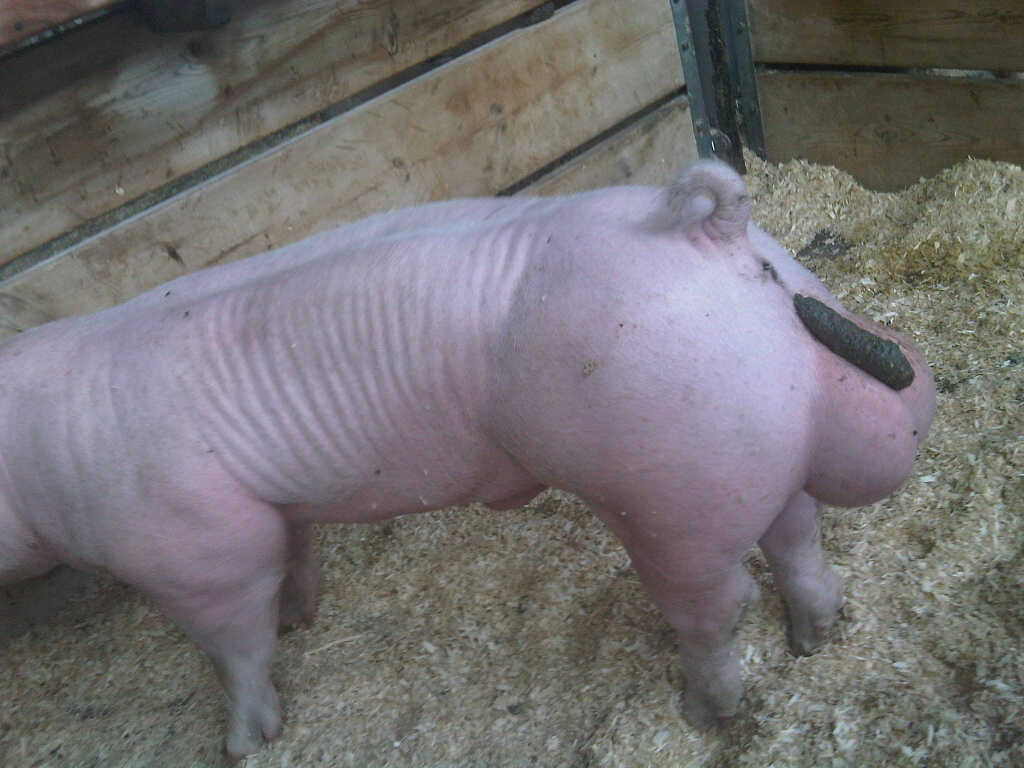The"single cell pet" gets me even more… Like isn’t that a tad specific? Dogs? No prob! Rabbits? Be my guest. Amoeba? Fuck off, weirdo!
do NOT keep amoeba as pets!
Some guests have the stomach to hide their pets there
$525/mo for a 2 bedroom apartment? I’m going to cry.
Any idea the area based on the phone number?
Not American so not sure how your area codes work and I can’t remember the Ludacris tune about hoes in different area codes.
It’s a meme paper. The genetic observer. No single cell pets, 13721 Genome way, etc
As others have said the paper is fake but 813 is a real area code, specifically Tampa, Florida.
The middle number 555 is used in fake adverts in the US. It’s not used anywhere.
Wait wait. What would happen if a long half-strand of DNA tried to pair with another but there was one letter wrong in the middle?
Something called a “lesion” around a base mismatch, basically a bubble in the strand pairing. It can introduce kinks in the helix, and generally is the result of mutation in one strand.
If that’s how DNA worked, I imagine it just wouldn’t pair, but that’s not how DNA works. However there can be and are many mistakes in the transcription and translation of genes, they’re called mutations and they’re the mechanical cause of cancer. The kind of spontaneous mutation your imagining is unlikely to lead to cancer without other contributing factors, and the body has numerous control and correction mecahnisms, but there are billions of base pairs (i.e. A—T is one base pair) in each cell of the body getting transcribed and translated over and over and over, so quite a few mistakes get through.
It is how DNA works in the case of PCR, for example. The denaturation cycle splits double stranded DNA into individual single strands, which can be thousands of base pairs long. Primers are short sequences that bind to these single strands. If there are only one or two mismatches, the primer can easily bind to the wrong part of the DNA strand, if the temperature during the annealing step is low enough. This causes messy gels and incorrect DNA products in the PCR.
In some cases, if the temperature is very low, the primer can bind to sequences with many mismatches. This results in the scientist crying and finding god.
Alas, it could never be
The Page d12 would put this straight in D&D territory
Single-stranded? Wouldn’t that be RNA?
Nope. RNA is chemically different: different sugar in the backbone, and there are wayyyy more than 4 RNA bases (like 12 iirc)
Nice. I learned something new today 🙂
Not sure where I picked up my belief that RNA was just one side of DNA.
It is how it’s generally taught in schools, which is unfortunate.
Yes, some viruses are single strand RNA (+ssRNA or -ssRNA) the textbook Microbiology: with Diseases by Taxonomy by Robert W Bauman is a good reference with a section for both. (Does have sqeemish pictures though.) (And its on zlib.)




